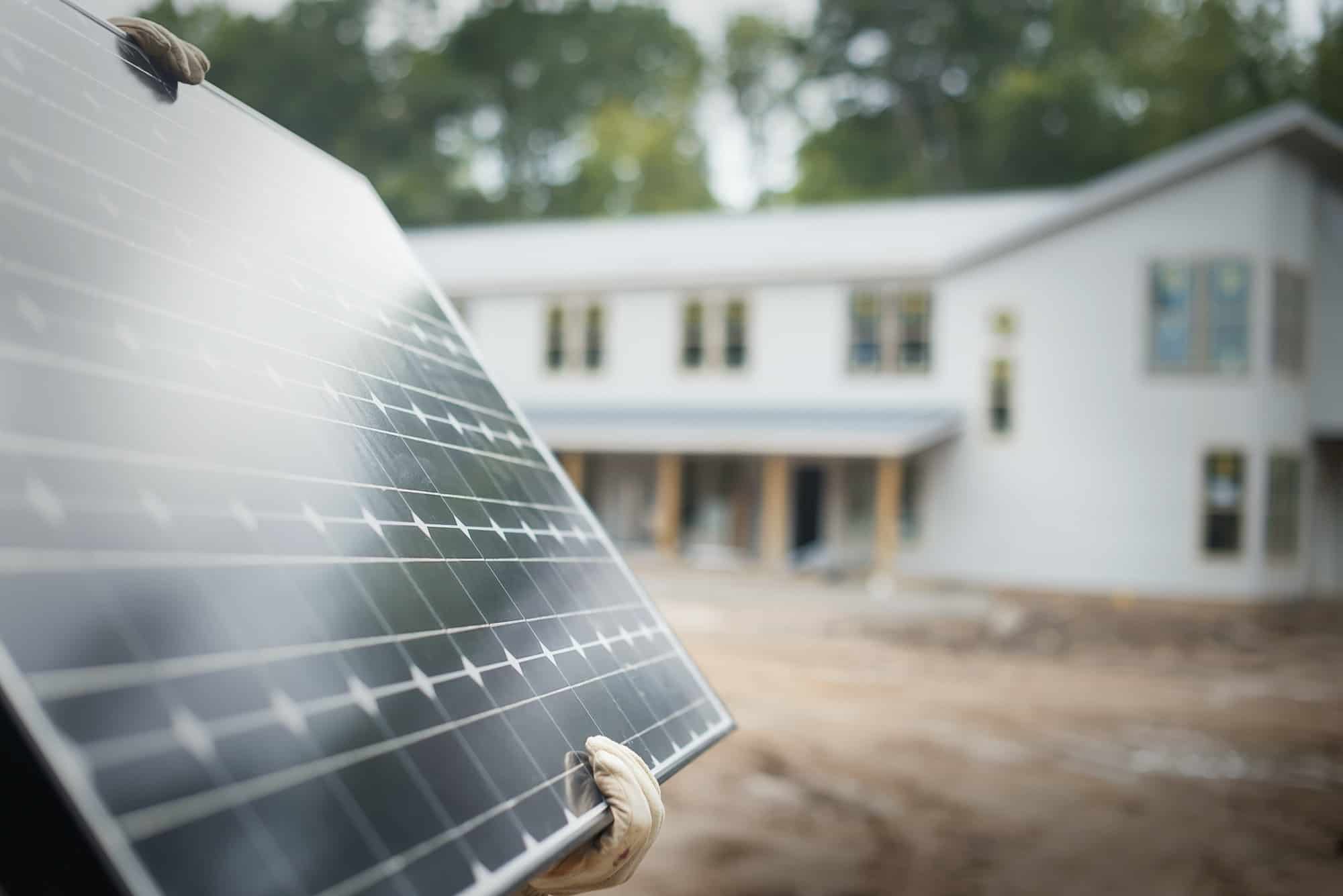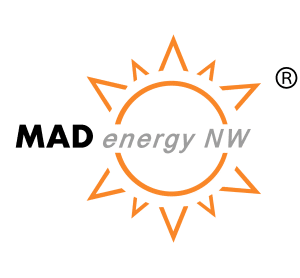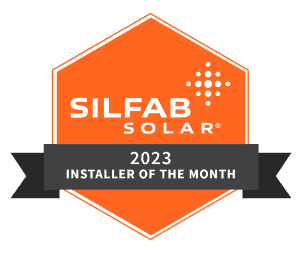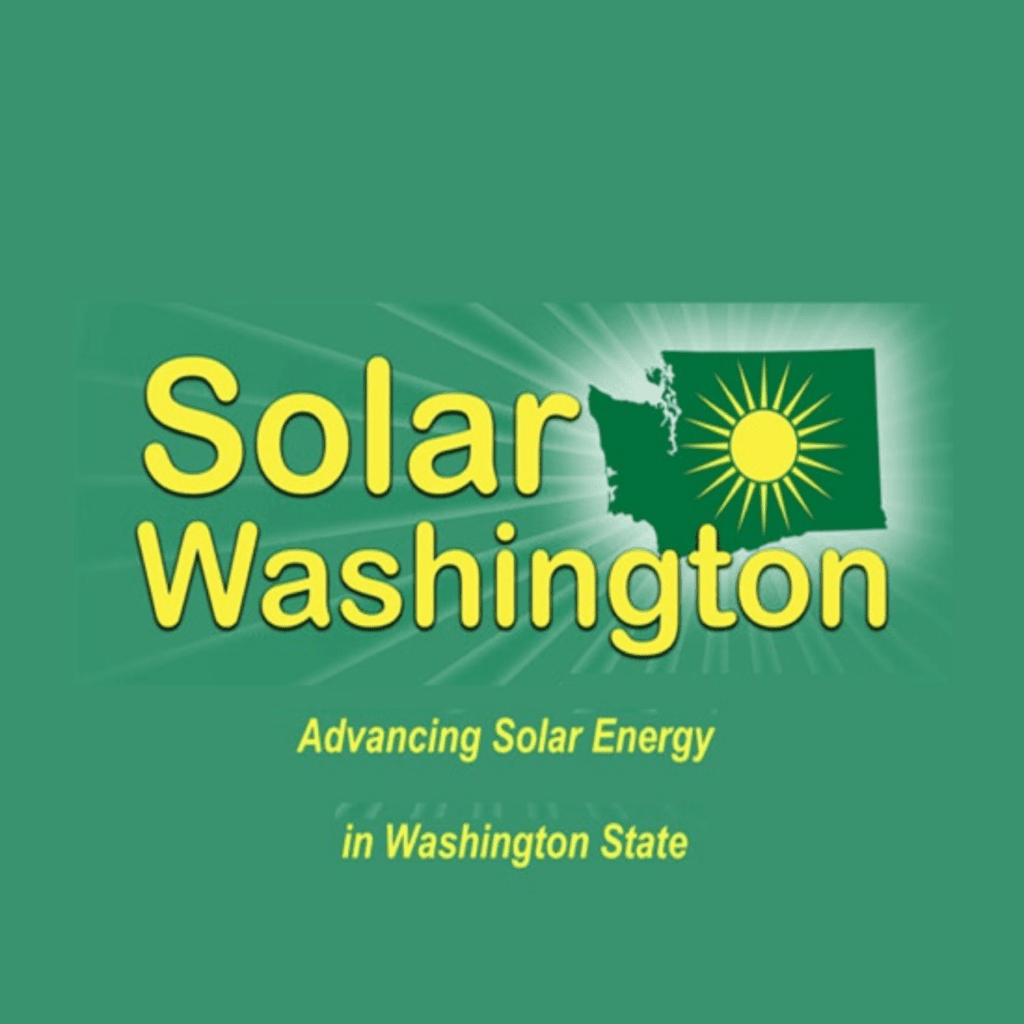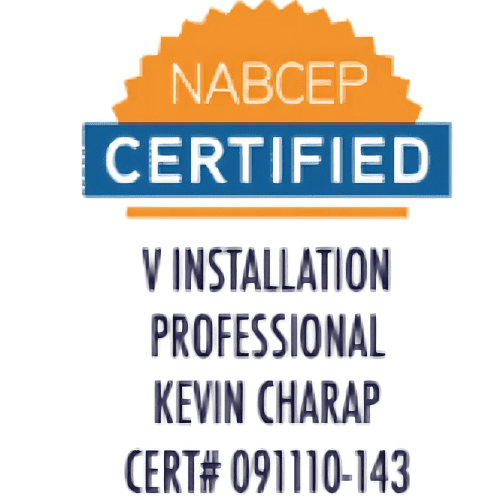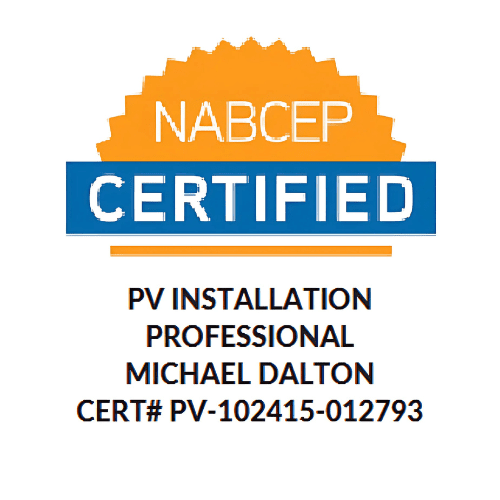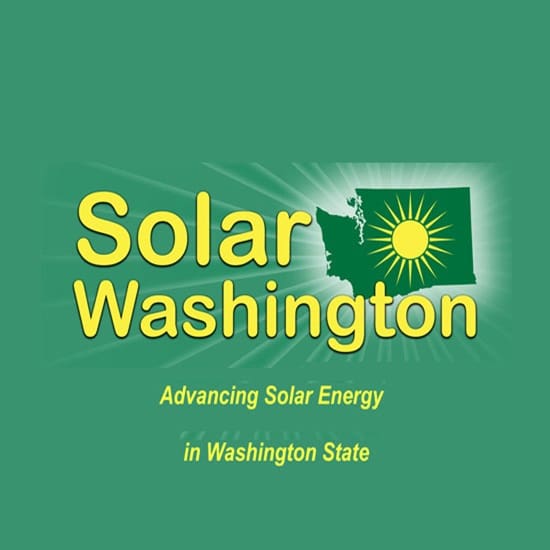Essential Guide to Electrical Panel Replacement in Auburn, WA
At MAD Energy NW, ensuring the electrical systems of our neighbors’ homes in Auburn, WA are up-to-date is paramount for safety and efficiency. Electrical panels, often overlooked, are the heart of a home’s electrical system. In this guide, we’ll explore why, when, and how to consider an electrical panel replacement with MAD Energy NW, your local Auburn expert in energy solutions.

Why Replace Your Electrical Panel?
Safety: Older panels can pose significant safety risks, including fire hazards due to outdated wiring and inability to handle modern electrical loads.
Efficiency: New panels are designed to manage electricity more efficiently, which can help reduce your home’s overall energy consumption.
Home Renovations: When upgrading your home with new appliances or incorporating additional electricity-intensive elements like an electric vehicle or hot tub, it’s essential to have a robust electrical system supported by a new panel.
Regulatory Compliance: Ensuring your electrical system meets local Auburn codes and standards can save you from legal troubles and fines.
Signs You Need to Replace Your Electrical Panel
- Frequent Circuit Breaker Trips: This is often a sign that your current panel cannot handle your home’s energy needs.
- Over 25 Years Old: If your panel is this old, it’s time to consider an upgrade to support modern electrical devices safely.
- Rust or Corrosion: Visible signs of deterioration are a clear indicator that your panel is at risk.
- Buzzing Sounds or Burning Smell: These are immediate red flags suggesting that your electrical panel might be failing.
- Recalled Main Breaker Panels: Federal Pacific Electric (FPE) and Zinsco/Sylvania are among the notable brands with recalled panels due to circuit breaker failures and potential overheating issues. If your home is equipped with one of these panels, it’s crucial to consider replacing it promptly to mitigate safety risks.
Washington State
Solar Incentives
26% Federal Tax Credit
100% Sales Tax Exemption
Net Metering
Accelerated Depreciation
Choosing the Right Electrical Panel
Capacity: Modern homes generally require a panel that can handle 200 amps, but this can vary based on your specific energy needs.
Brand: Opt for reputable brands known for reliability and longevity. MAD Energy NW provides options that best suit homes in Auburn and adhere to local codes.
Professional Installation: Always choose certified professionals like MAD Energy NW for installation to ensure safety and efficiency.
The Replacement Process with MAD Energy NW
Consultation: Our process begins with a thorough assessment of your current electrical system and discussion about your specific needs.
Tailored Solutions: We provide personalized recommendations based on your home’s layout and energy requirements.
Efficient Installation: Our experienced technicians ensure a seamless and quick replacement, minimizing disruption to your daily routine.
Final Inspection and Testing: We ensure that your new panel is fully operational and meets all safety standards before completing the job.
Solar Systems
What we offer

Roof System
This is the most cost-effective application, which in turn provides the best return on your investment.

Ground system
Ground mount systems are the best solution for large applications and utility scale generation plants.
We are the premier commercial, residential, and new construction solar company in Washington State.
Why Choose MAD Energy NW?
Local Expertise: As specialists in Auburn, WA, we are familiar with local electrical standards and community needs.
Quality and Trust: We pride ourselves on delivering high-quality workmanship and earning the trust of our clients through reliable services.
Comprehensive Services: Beyond electrical panel replacements, we offer complete home energy solutions, including solar installations and general electrical maintenance.
Replacing your electrical panel is not just about upgrading an old system; it’s about ensuring your home is safe, efficient, and capable of meeting today’s electrical demands. In Auburn, WA, choosing a local expert like MAD Energy NW means getting the job done right with minimal hassle and maximum benefit.
Ready to assess your electrical needs? Contact MAD Energy NW today for a consultation and step into a safer, more efficient home environment.

FAQ
Frequently Asked Questions
Install
What's Included

Panels
Solar panels, also known as modules within the industry, convert sunlight into electricity using the photovoltaic effect.
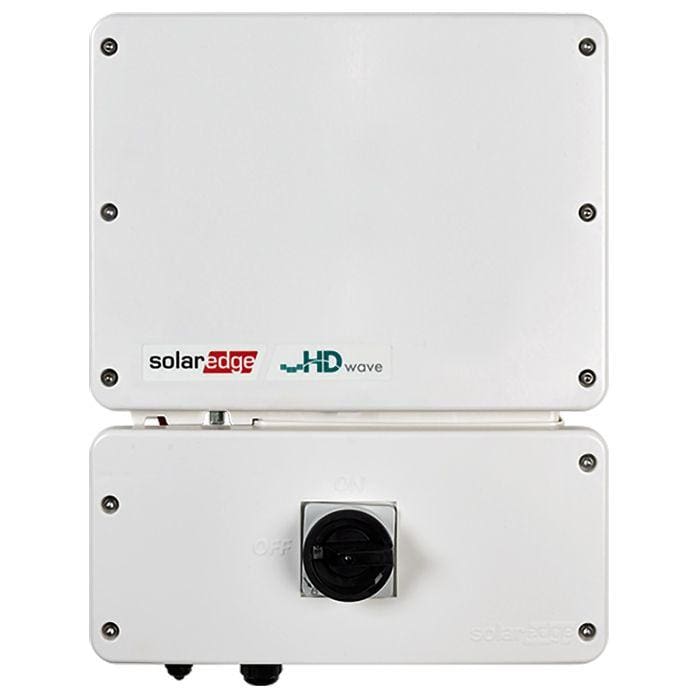
Inverters
Solar Inverters convert the direct current power produced by the modules, into an alternating current to be used.

racking
Solar racking is the mounting system that supports and secures the panels to the roof or ground structure.
Work You Can Believe In
The Mad Energy Solar Warranty
25-30 Year Solar Panel Production Warranty
12-25 Year Inverter and Optimizer Warranty
25 Year Racking Warranty
10 Year Workmanship Warranty
